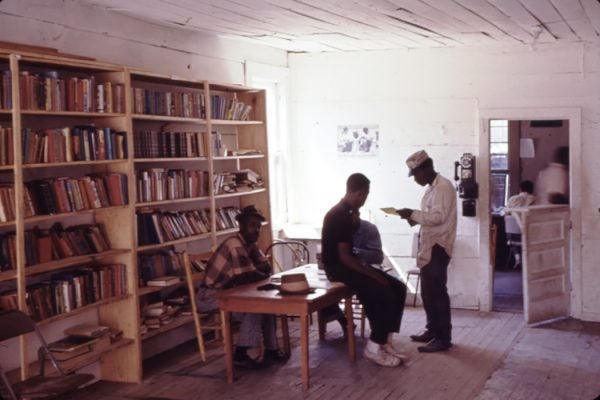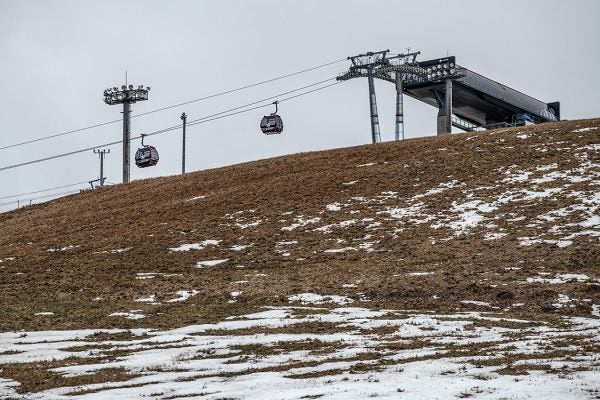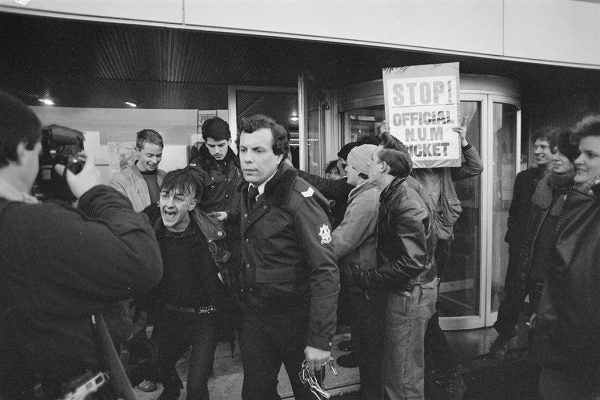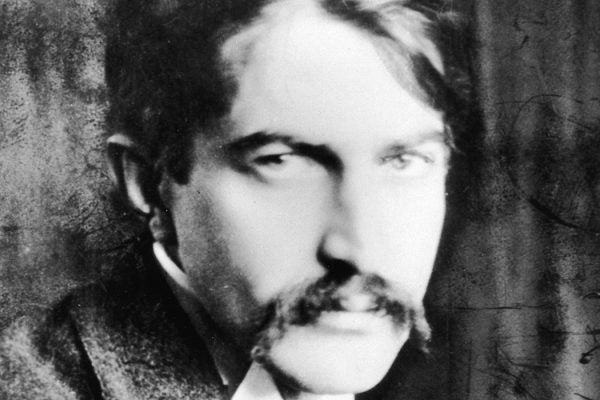Freedom Libraries and the Fight for Library Equity
Freedom libraries in the south provided Black residents with access to spaces and books, whether in church basements or private homes.
What Coca Means in Peru
Coca has a long history of use in Peru: for sacred ritual, economic productivity, courtship and celebration of life events.
Ski Resorts and Climate Change
The effects of climate change are already being felt by some ski resorts, but filling in the slopes with artificial snow may not be a good solution.
The Real Science of the Multiverse
Explaining some of the mind-bending science behind the popular science fiction trope.
Making the (California) Desert Bloom
The question of Zionism in post World War II America did not have a single answer. One group proposed bringing agriculture to the California desert instead.
Heating Your Home Sustainably
Home heating can be done more sustainably than we currently do it. How to do it depends on a number of factors.
How LGBTQ Groups Supported Striking Miners vs. Thatcher
During a national miners strike, LGBT activists became unexpected allies, united against the Thatcher government.
Eight Women Astronomers You Should Know
A guided tour of selected luminaries of astronomy, from Ancient Greece to today.
Stephen Crane vs. The Police
When the author tried to defend a woman from charges of solicitation, and then testified against the arresting officer, the NYPD struck back.
Death Predictions, Air Pollution, and the Calendar
Well-researched stories from Wired, Vox, and other great publications that bridge the gap between news and scholarship.









